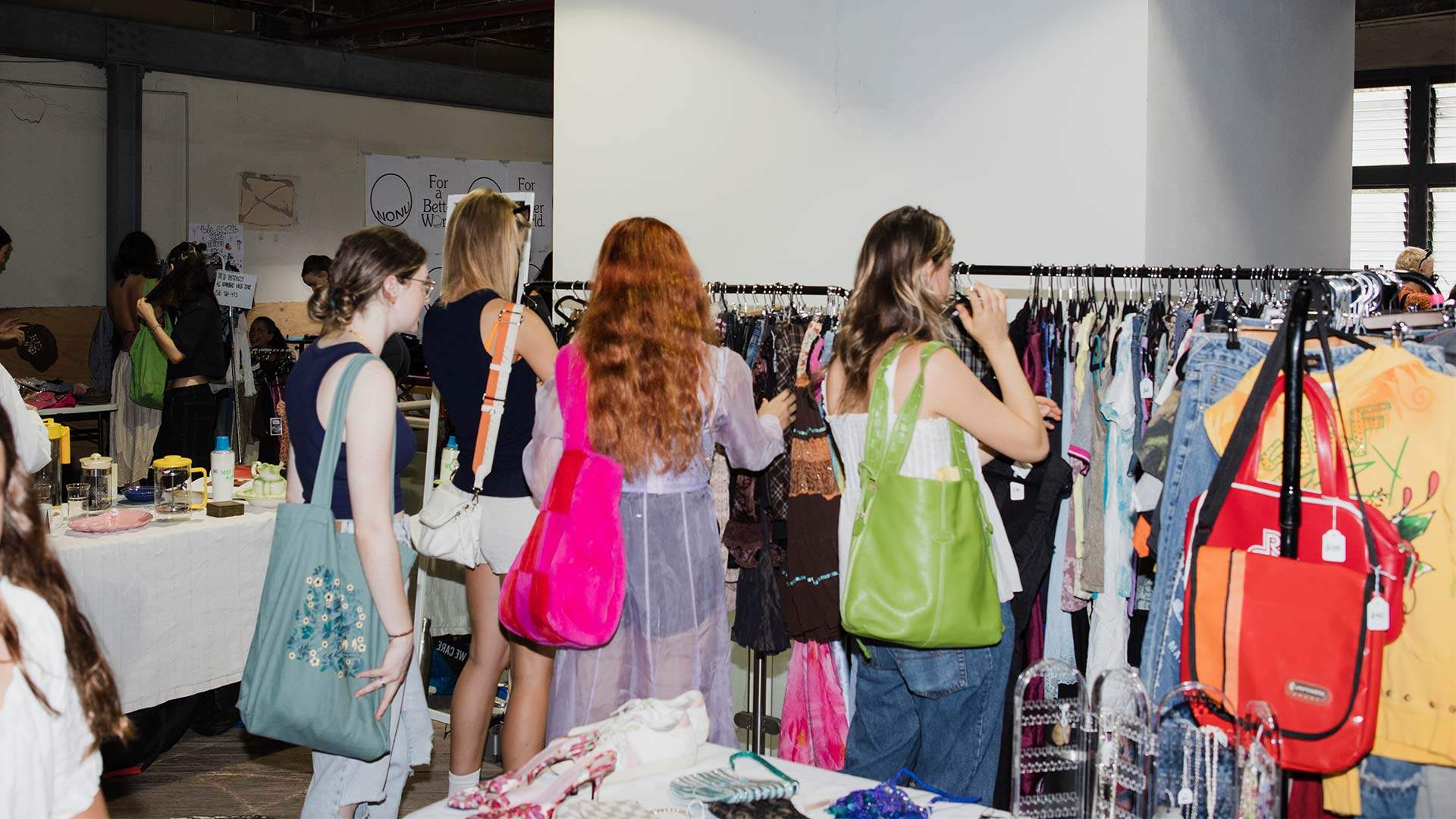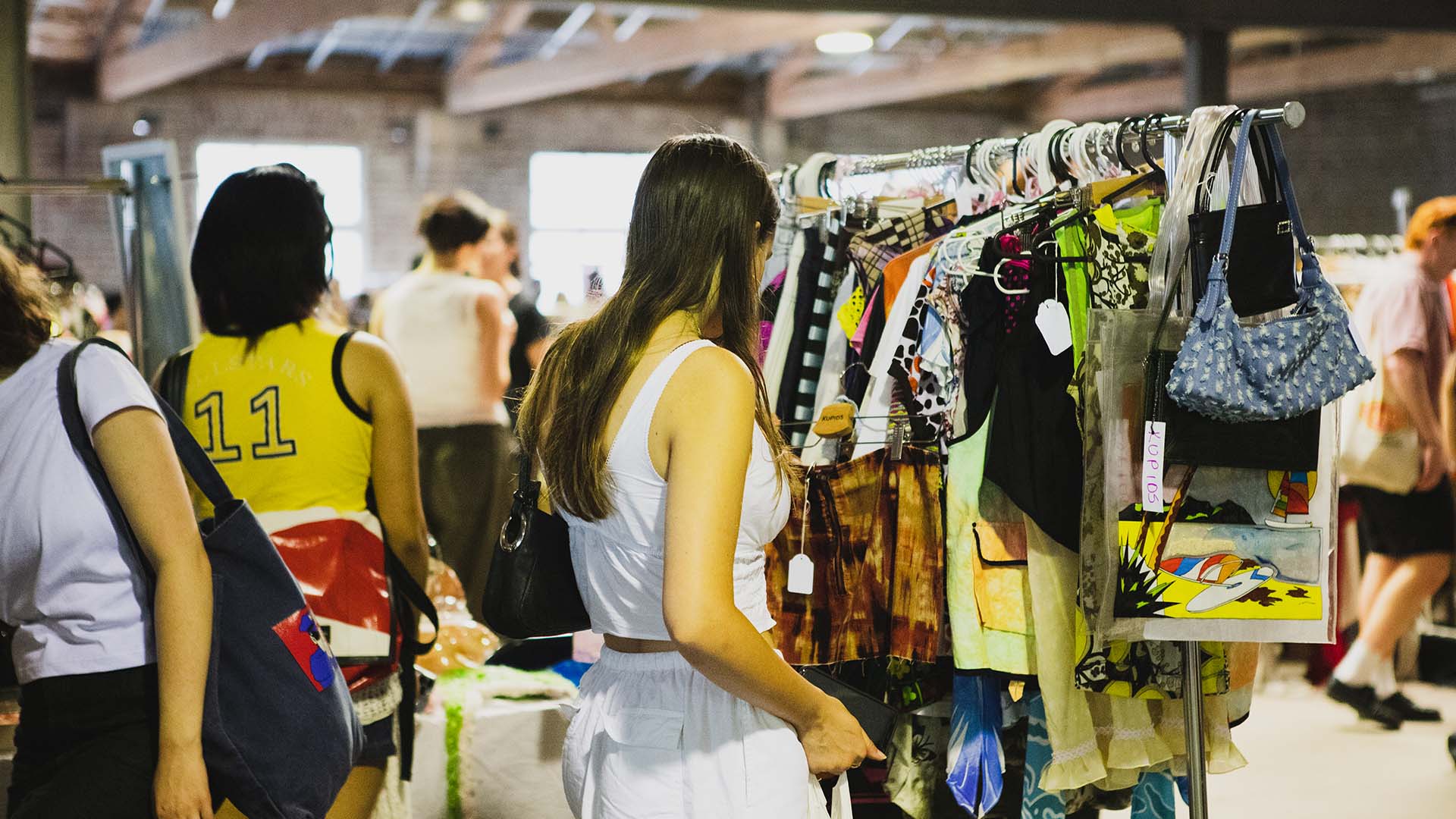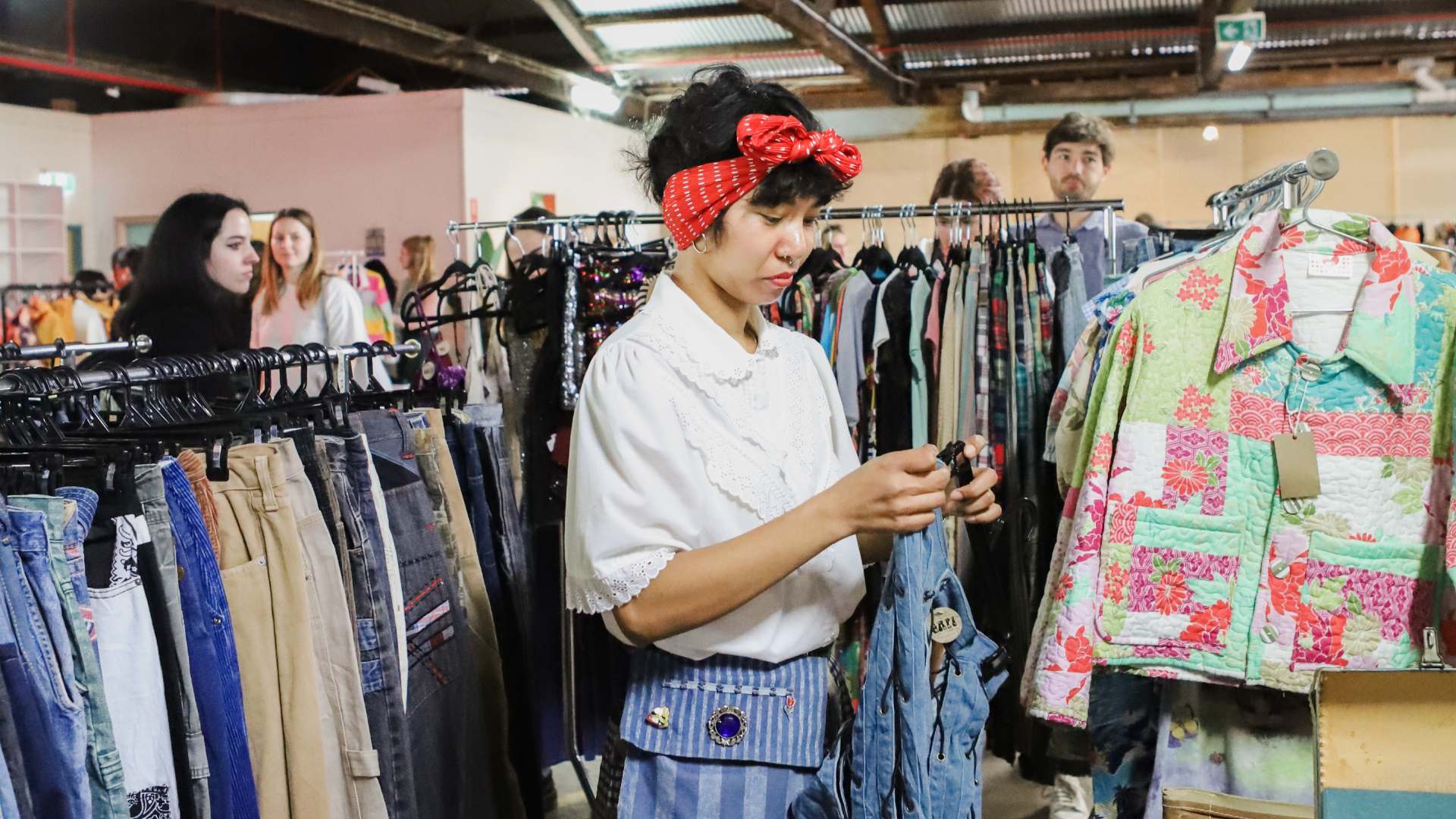Have you ever wondered why second-hand markets have become such a big deal lately? From vintage fashion to collectible items, 2nd life markets are revolutionizing the way we shop. It's not just about saving money anymore—it's about making a statement and being part of a global movement toward sustainability. So, if you're curious about how these markets work and why they're blowing up, you're in the right place.
Let me break it down for you. Second-hand markets, or what we call 2nd life markets, are more than just places to find cool stuff. They're about redefining consumption habits and embracing a lifestyle that's kinder to the planet. Whether you're a fashion enthusiast, a budget-conscious shopper, or just someone who loves unique finds, this is your chance to dive deep into the world of pre-loved treasures.
Now, before we get into the nitty-gritty, let's talk about why this matters. The fashion and retail industries have been under fire for their environmental impact. But here's the thing—2nd life markets offer a solution. By extending the life of products, we're not only reducing waste but also supporting local economies. So, are you ready to learn more? Let's go!
Read also:Sheila Harris The Remarkable Journey Of A True Hollywood Gem
What Are 2nd Life Markets?
Alright, let's start with the basics. 2nd life markets are essentially platforms or physical spaces where you can buy and sell second-hand goods. These markets have been around for ages, but they've gained massive popularity in recent years. Why? Because people are realizing that you don't need to buy everything new to look stylish or have quality items.
In simple terms, 2nd life markets are like treasure hunts. You never know what you're gonna find—maybe a vintage leather jacket, a retro record player, or even a piece of art that tells a story. And the best part? You're doing your part for the environment while scoring some killer deals.
Why Are 2nd Life Markets So Popular?
Here's the deal—people are tired of fast fashion and disposable products. They want stuff that lasts, and they want it at a fair price. That's where 2nd life markets come in. Not only do they offer affordable options, but they also provide a sense of adventure. Who doesn't love the thrill of finding something unique that no one else has?
Plus, let's not forget the environmental factor. Buying second-hand reduces the demand for new products, which means fewer resources are used, and less waste ends up in landfills. It's a win-win situation for everyone involved.
Benefits of Shopping at 2nd Life Markets
Now that we've established what 2nd life markets are, let's talk about the perks. There are tons of reasons why you should consider shopping second-hand, and here are just a few:
- Cost-Effective: Let's face it—new stuff can be pricey. But with 2nd life markets, you can get high-quality items for a fraction of the cost.
- Unique Finds: Tired of seeing the same outfits on everyone? 2nd life markets are full of one-of-a-kind pieces that'll make you stand out from the crowd.
- Environmental Impact: By choosing second-hand, you're helping to reduce waste and promote sustainability. It's like giving items a second chance at life.
- Supporting Local Communities: Many 2nd life markets are run by small businesses or individuals, so your money goes directly back into the community.
How to Shop Smart at 2nd Life Markets
Shopping at 2nd life markets can be a bit overwhelming, especially if you're new to it. But don't worry—I've got you covered. Here are some tips to make your experience smoother:
Read also:Northland Park Your Ultimate Guide To Unbeatable Fun And Adventure
- Know What You're Looking For: While it's fun to browse, having a list of items you need can save you time and help you stay focused.
- Inspect Items Carefully: Always check for any damage or wear before making a purchase. You don't want to bring home something that needs too much repair.
- Be Open-Minded: Sometimes the best finds are the ones you didn't expect. Keep an open mind and let the market surprise you.
- Ask Questions: If you're unsure about an item, don't hesitate to ask the seller for more information. They might know something you don't.
Types of 2nd Life Markets
Not all 2nd life markets are created equal. Depending on what you're looking for, you might prefer one type over another. Here's a breakdown of the most common types:
1. Thrift Stores
Thrift stores are probably the most well-known type of 2nd life market. They offer a wide range of items, from clothing to furniture, at affordable prices. Many thrift stores also support charitable causes, so you're not just shopping—you're also doing good.
2. Online Marketplaces
With the rise of e-commerce, online 2nd life markets have become incredibly popular. Platforms like eBay, Depop, and Poshmark allow you to browse and buy second-hand items from the comfort of your own home. Plus, you can often find items from all over the world.
3. Flea Markets
Flea markets are outdoor events where vendors set up stalls to sell their second-hand goods. They're a great place to find unique and vintage items, and you can often haggle over prices. Just be prepared for a bit of a crowd, especially on weekends.
4. Swap Meets
Swap meets are a bit different from traditional markets because they focus on exchanging items rather than buying and selling. It's a great way to declutter your own space while acquiring new treasures.
The Impact of 2nd Life Markets on the Economy
2nd life markets aren't just about shopping—they're also having a significant impact on the economy. By promoting reuse and recycling, they're creating new opportunities for businesses and entrepreneurs. Plus, they're helping to reduce the environmental footprint of the retail industry.
According to a report by the Statista, the global second-hand market is expected to reach $77 billion by 2025. That's a massive growth from just a few years ago, and it shows no signs of slowing down. So, whether you're a seller or a buyer, there's plenty of potential in this space.
Challenges Facing 2nd Life Markets
Of course, like any industry, 2nd life markets have their challenges. One of the biggest issues is the perception that second-hand items are inferior to new ones. But as more people realize the benefits of shopping second-hand, that stigma is slowly fading.
Another challenge is ensuring the authenticity and quality of items. With so many online platforms, it can be hard to verify the legitimacy of a seller or product. That's why it's important to do your research and shop from reputable sources.
Tips for Selling on 2nd Life Markets
If you're thinking about selling your own items on 2nd life markets, there are a few things you should keep in mind:
- Take Good Photos: First impressions matter, so make sure your items look their best in pictures. Use natural lighting and a clean background for the best results.
- Be Honest About Condition: Buyers appreciate transparency. If an item has any flaws, mention them upfront to avoid any misunderstandings.
- Price Competitively: Do some research to see what similar items are selling for. You want to price your items fairly to attract buyers.
- Respond Promptly: Communication is key. If someone messages you about an item, try to reply as soon as possible. This shows that you're serious about making a sale.
Building a Brand on 2nd Life Markets
For those who want to take their 2nd life market business to the next level, branding is crucial. Whether you're selling vintage clothing or collectible items, having a strong brand identity can set you apart from the competition. Think about what makes your offerings unique and highlight that in your marketing efforts.
Conclusion: Why 2nd Life Markets Are Here to Stay
So, there you have it—everything you need to know about 2nd life markets. From their environmental benefits to their economic impact, it's clear that these markets are here to stay. Whether you're a buyer or a seller, there's something for everyone in this thriving industry.
Now it's your turn to get involved. Whether you're browsing for that perfect vintage piece or listing your own items for sale, remember that every purchase and sale contributes to a more sustainable future. So, go ahead and explore the world of 2nd life markets—you never know what treasures you might find!
And hey, don't forget to share this article with your friends and family. The more people know about the benefits of 2nd life markets, the better off we'll all be. Happy shopping!
Table of Contents
- What Are 2nd Life Markets?
- Why Are 2nd Life Markets So Popular?
- Benefits of Shopping at 2nd Life Markets
- How to Shop Smart at 2nd Life Markets
- Types of 2nd Life Markets
- The Impact of 2nd Life Markets on the Economy
- Challenges Facing 2nd Life Markets
- Tips for Selling on 2nd Life Markets
- Building a Brand on 2nd Life Markets
- Conclusion: Why 2nd Life Markets Are Here to Stay


